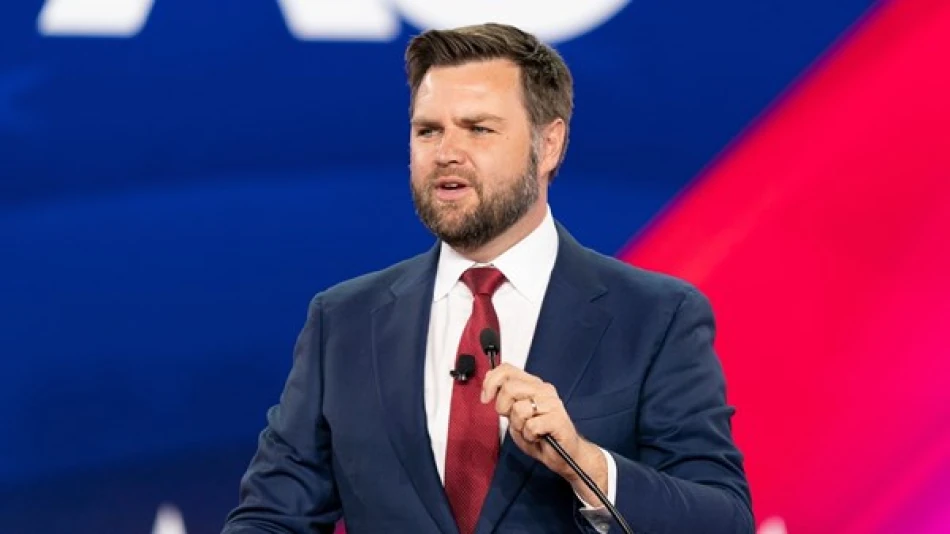
Trump's Mission to Restore Peace in Europe, Vance Reveals
Trump Administration Pivots to European Peace Mission as Putin Summit Looms
Vice President J.D. Vance announced Wednesday that President Donald Trump has tasked his administration with "bringing peace back to Europe," signaling a major diplomatic shift as the White House prepares for direct talks with Russian President Vladimir Putin. The statement comes just two days before Trump's scheduled meeting with Putin in Alaska, marking the administration's most concrete commitment yet to resolving the Ukraine conflict.
Direct Presidential Mandate on European Crisis
Speaking to American soldiers at a military base in England, Vance revealed the scope of Trump's peace initiative following a virtual meeting that included European leaders and Ukrainian President Volodymyr Zelensky. "I just spoke with him... and he said quite simply that we're going to make our mission as an administration bringing peace to Europe once again," Vance told the troops.
The timing of this announcement is strategically significant. By framing the administration's European policy around peace rather than military support or containment, Trump appears to be laying groundwork for potential concessions or compromise solutions that previous U.S. administrations avoided.
Alaska Summit: High-Stakes Diplomacy Returns
The upcoming Trump-Putin meeting in Alaska represents the most significant U.S.-Russia diplomatic engagement since the conflict began. Alaska's choice as venue carries symbolic weight—neutral American territory that avoids the optics of either leader traveling to the other's capital.
This direct engagement marks a sharp departure from the Biden administration's approach, which relied heavily on NATO coordination and avoided direct presidential-level negotiations with Putin. Trump's willingness to meet face-to-face suggests his administration believes diplomatic solutions remain viable, despite nearly three years of warfare.
Strategic Implications for NATO and Ukraine
Vance's comments to U.S. troops stationed in England send a clear message to European allies: America intends to lead peace negotiations rather than continue indefinite military support. This approach may create tension with NATO partners who have invested heavily in Ukraine's defense capabilities.
For Ukraine, Trump's peace mission presents both opportunity and risk. While diplomatic resolution could end the devastating conflict, Kyiv may face pressure to accept territorial concessions that previous U.S. administrations deemed unacceptable.
Market and Geopolitical Calculations
Trump's peace initiative could reshape European energy markets and defense spending patterns. A negotiated settlement might restore some Russian energy exports to Europe, potentially lowering energy costs but undermining efforts to diversify away from Russian supplies.
Defense contractors and NATO allies have significantly increased military production during the conflict. Any peace agreement that reduces weapons demand could impact these investments, while potentially freeing up resources for other strategic priorities.
The administration's approach suggests Trump believes the current trajectory—continued military aid without diplomatic breakthrough—serves neither American interests nor European stability. Whether Putin shares this assessment will likely determine the Alaska summit's success.
 Layla Al Mansoori
Layla Al Mansoori







